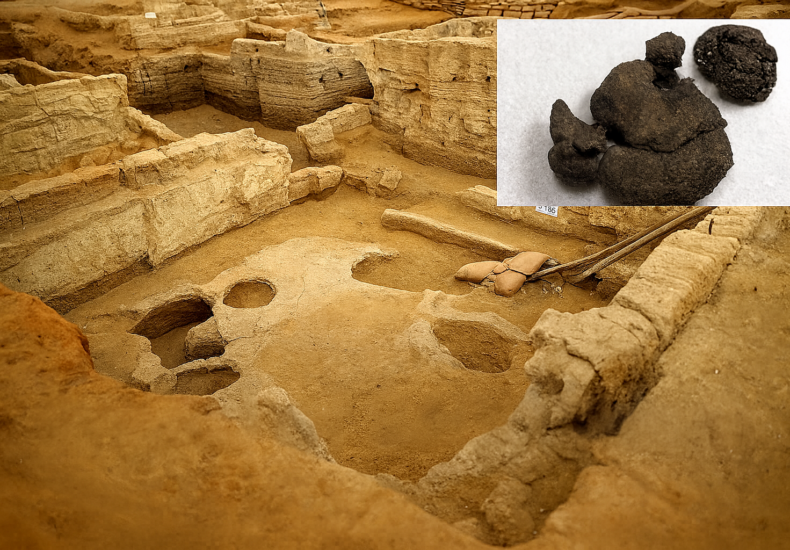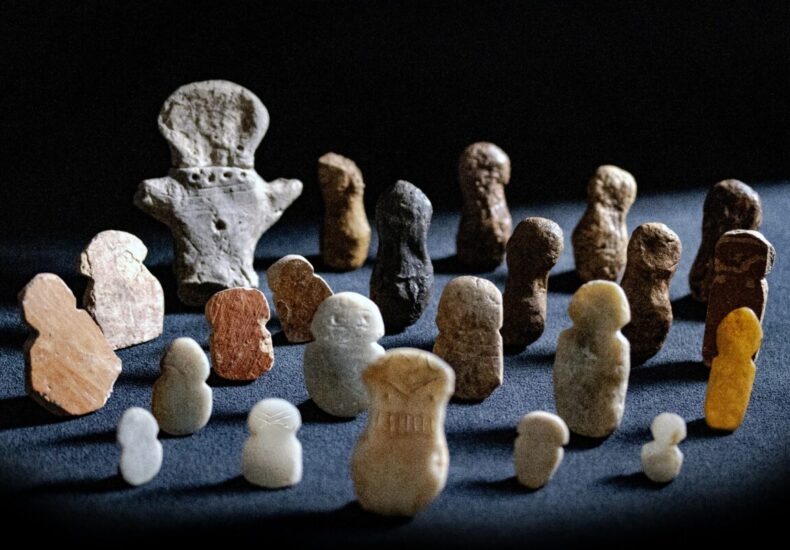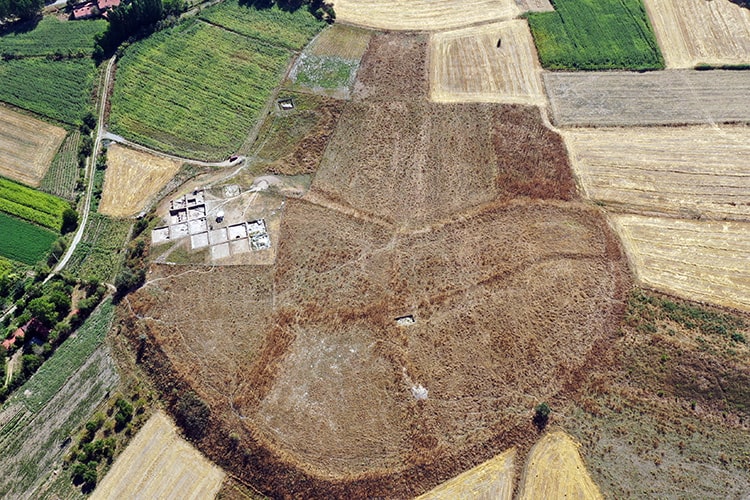
Anatolia’s Ancient Taste: 8,600-Year-Old Bread and 4,000-Year-Old Chickpeas Unearthed in Türkiye
Archaeological excavations supported by the Turkish Ministry of Culture and Tourism have brought to light the ancient taste of Anatolia, revealing extraordinary traces of the region’s early culinary and agricultural traditions. From 4,000-year-old chickpeas in Kütahya to 8,600-year-old bread remnants in Konya, these discoveries show how ancient communities cultivated, prepared, and ritualized food thousands of

Bronze Age Idols Unearthed in Western Türkiye: 4,500-Year-Old Ritual Treasures Found at Tavşanlı Höyük
Archaeologists have uncovered a remarkable collection of 4,500-year-old human-shaped idols at Tavşanlı Höyük, one of the largest Bronze Age settlements in Western Anatolia. The discovery, announced by Culture and Tourism Minister Mehmet Nuri Ersoy, includes marble, bone, and terracotta figures that provide unprecedented insights into the spiritual and domestic life of the Early Bronze Age.

The heart of Kütahya, at Tavşanlı Mound, has yielded a 3,200-year-old piercing tool and tweezers made of bronze
Due to its heart-shaped appearance when viewed from above, Tavşanlı Mound, referred to as the heart of Kütahya, has yielded a 3,200-year-old bronze piercing tool with a bone handle and tweezers during excavations. Tavşanlı Mound is located approximately 1.5 kilometers from the center of Kütahya and is one of the largest mounds in Anatolia, with

4000-year-old ceramic seal discovered at Tavşanlı mound, known as the “heart of Kütahya”
A 4000-year-old ceramic seal was discovered in Tavşanlı mound, also known as the “Heart of Kütahya” because it resembles the shape of a heart when viewed from the air, in the Tavşanlı district of Kütahya in western Türkiye. The excavation of Tavşanlı mound continues under the chairmanship of Prof. Erkan Fidan, Head of the Department
